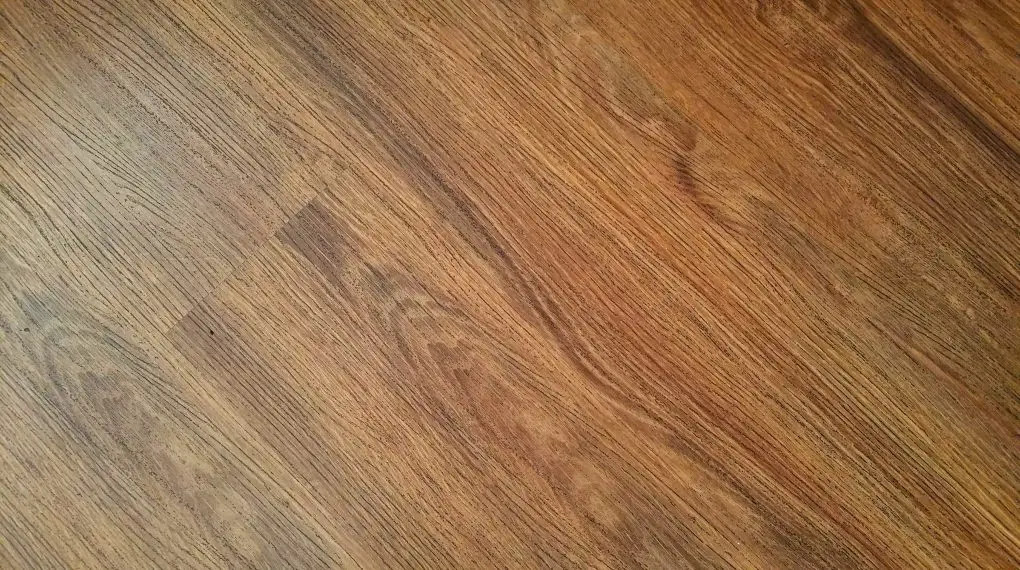Getting into the world of home improvement can feel overwhelming, particularly when it comes to tasks like sanding floors. This guide is intended to walk you through the entire process step-by-step, ensuring even beginners can achieve a professional-looking finish.

From Pexels.com by Digital Buggu
Understanding the Importance of Sanding Floors
Sanding floors is a vital step in the process of floor renovation. It helps remove old finishes, evens out minor imperfections, and prepares the floor for new finishes, making the wood receptive to stains or sealers. The result is a smooth, attractive, and durable surface.
Step 1: Gather Your Materials
Before you start sanding floors, you need to gather the right tools and materials. Here’s a list of what you’ll need:
- Floor sander (you can rent one)
- Various grits of sandpaper (start with a lower number like 40 or 60 and progress to higher numbers like 100 or 120)
- Dust mask and safety goggles
- Plastic sheeting to protect other areas of the house from dust
- Ear protection
- Vacuum cleaner
Step 2: Prepare Your Room
To begin with, remove all furniture and cover all doorways with plastic sheeting. This will prevent dust from spreading throughout your home during the sanding process. Check the floor for any nails or staples and ensure they are either removed or hammered below the surface level.
Step 3: Start the Sanding Process
Start by installing the coarsest grit of sandpaper on your sander. Remember to put on your safety gear before you begin. Keep the sander moving at all times to avoid digging into the wood. Begin at one end of the room and move towards the other end, going with the grain of the wood.
For more articles on sanding, click here: Sanding: Your Full-Circle Guide to Smooth Mastery
Step 4: Clean and Repeat
After the first pass, thoroughly clean the floor with a vacuum cleaner to remove dust. Then, switch to a medium-grit sandpaper for the second pass. Repeat this process with finer grits of sandpaper until you achieve a smooth finish.
Step 5: Finish Your Floor
Once you’re done sanding floors, apply a wood stain or finish of your choice. Ensure to follow the manufacturer’s instructions for best results.
Conclusion
Sanding floors is not a small task, but with the right knowledge and patience, anyone can achieve excellent results. This guide provides the necessary steps to ensure your floors look their best. Remember to take your time, and don’t be afraid to ask for help if needed.

